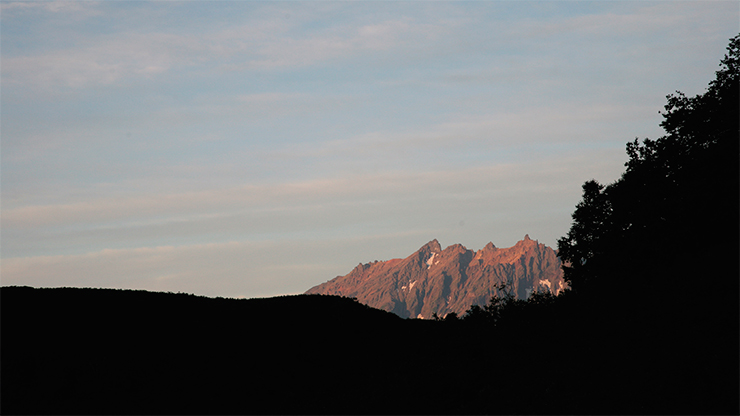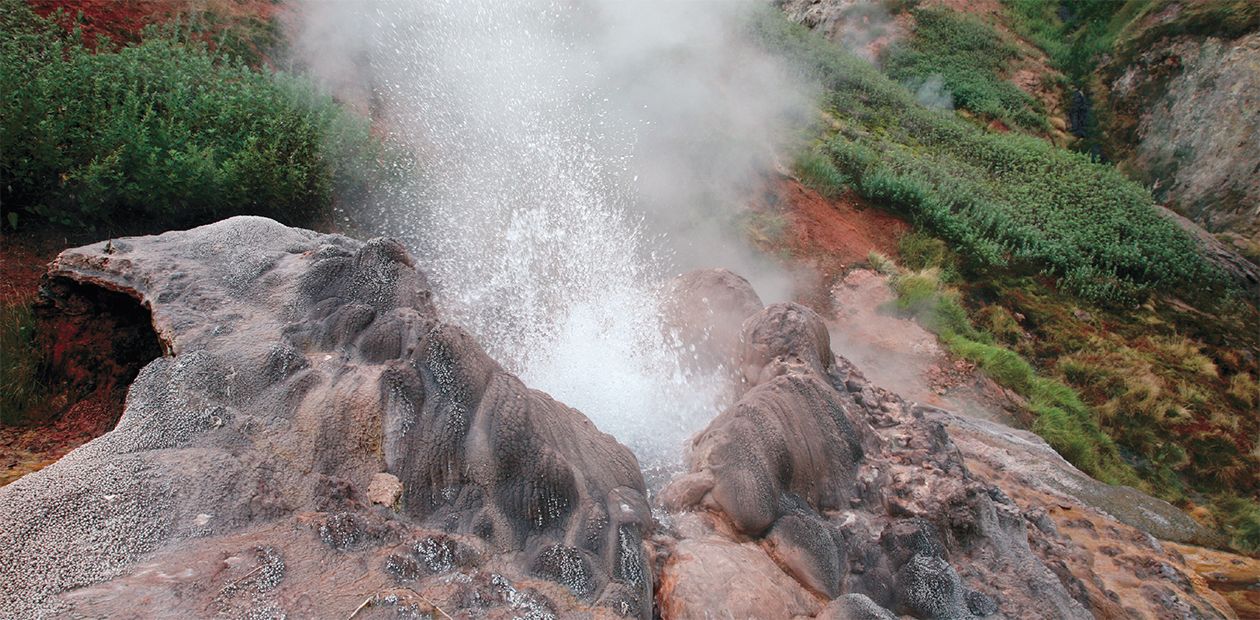The Fountains of the Lost World
Photo-report from the Geyser Valley in Kamchatka
There are some natural phenomena in the world that do not leave anybody indifferent. One of them is geysers. They are not only beautiful but also rare: there are only four places on Earth – Iceland, the USA, New Zealand, and Kamchatka – where one can see the powerful streams of the natural fountains
Every tourist dreams about going to the Geyser Valley in Kamchatka. And those who have been there claim that it is one of the most impressive places on our planet. Admiration and a hypnotic sensation of a fairy tale come true – this is what a newcomer feels in the Lost World.
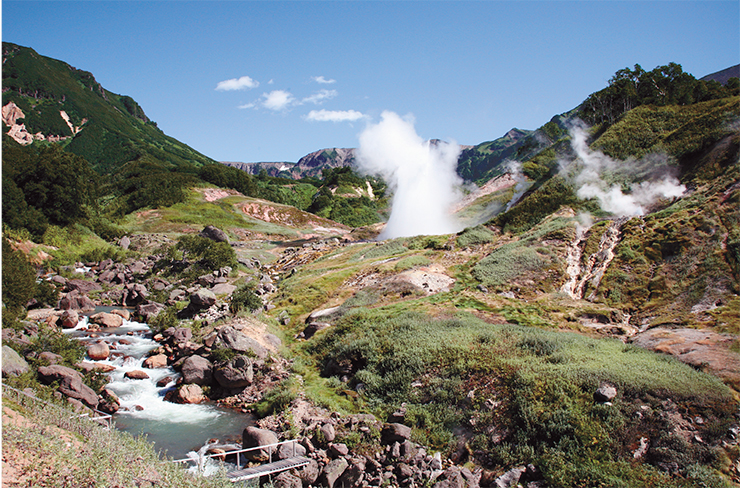
...Between the steep banks the meandering Geysernaya river is rushing swiftly. Along its banks terraces smoke against the picturesque mountains with snow tongues, springs gush forth and the brooks cover the ravine slopes with motley bands. The fantastic richness of the Valley’s colors comes from the hills covered with the emerald grass, rainbow thermal fields, and the white “caps” of steam over the geysers.
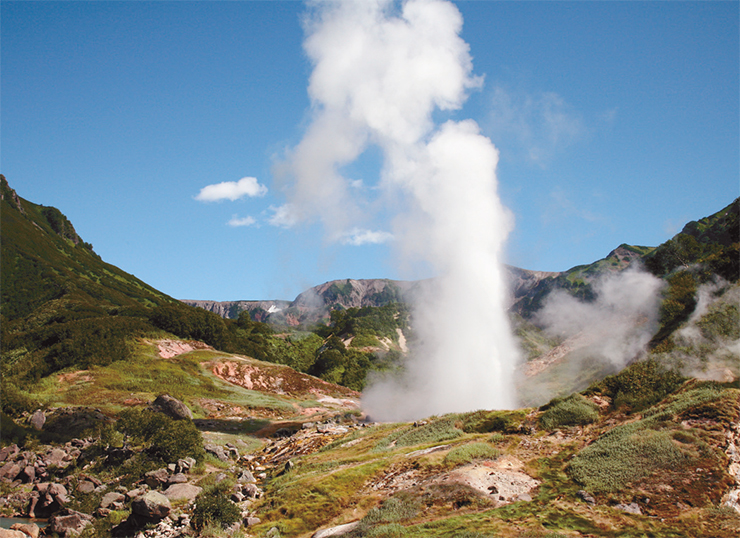
The big geysers, periodically shooting in different directions with sparkling streams, are located closer to the river. Higher on the slopes are the boiling hot lakes and bubbling mud baths. Still higher on the reddish fields with no plants are the threateningly hissing holes, letting out hot gas. One can feel that something huge and hot is hiding inside...
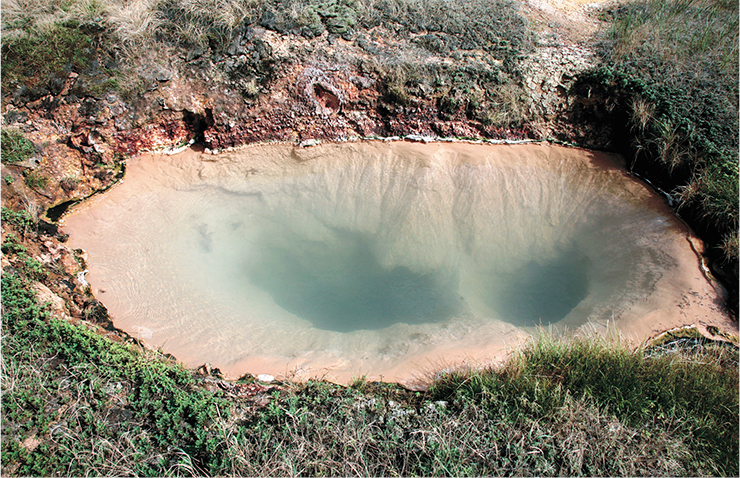
No two geysers are alike. They are different in the volume of water discarded, in the period of gush, in the direction and height of the fountain. Some geysers gush every 10–15 minutes, others – almost non-stop, and still others do so only several times a day.
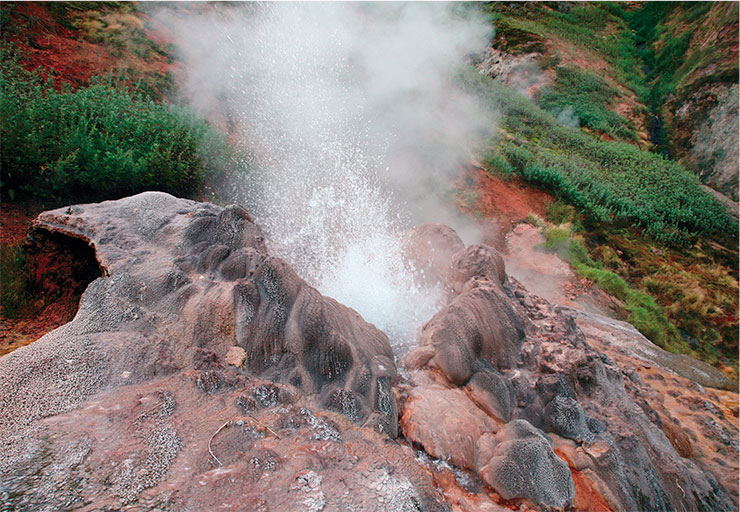
The geyser channel comes out in the center of a grifon – a cup formed with sediments of the mineral salts in the water of many years.
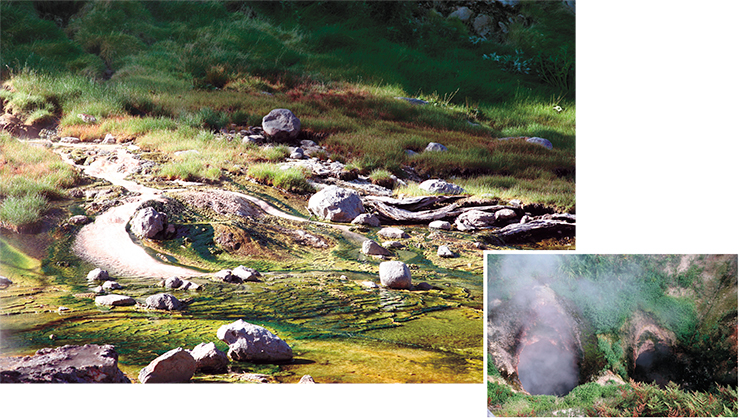
Around geysers the beautiful sediments of silica are formed – the geyserite shields. Depending on the chemical composition of water and diversity of the microscopic inhabitants of the water film, the geyserite can be colored differently.
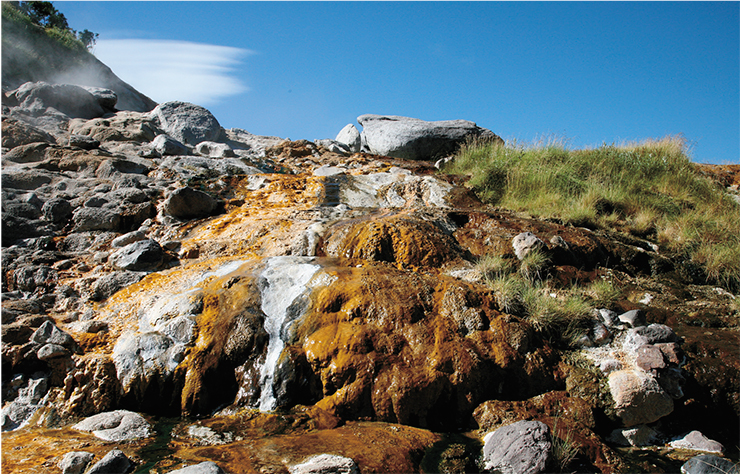
In the age of the “wild tourism” of the 1960s, the Valley had hard times: geyserite was mined, large stones were thrown into the geyser craters to see whether they would be able to function after that. And indeed, after that some of them ceased to be. It is senseless to take geyserite as a souvenir – it is only beautiful while it is inhabited by bacteria and algae, that is, while it is washed with the hot streams of the ancient fountains...
